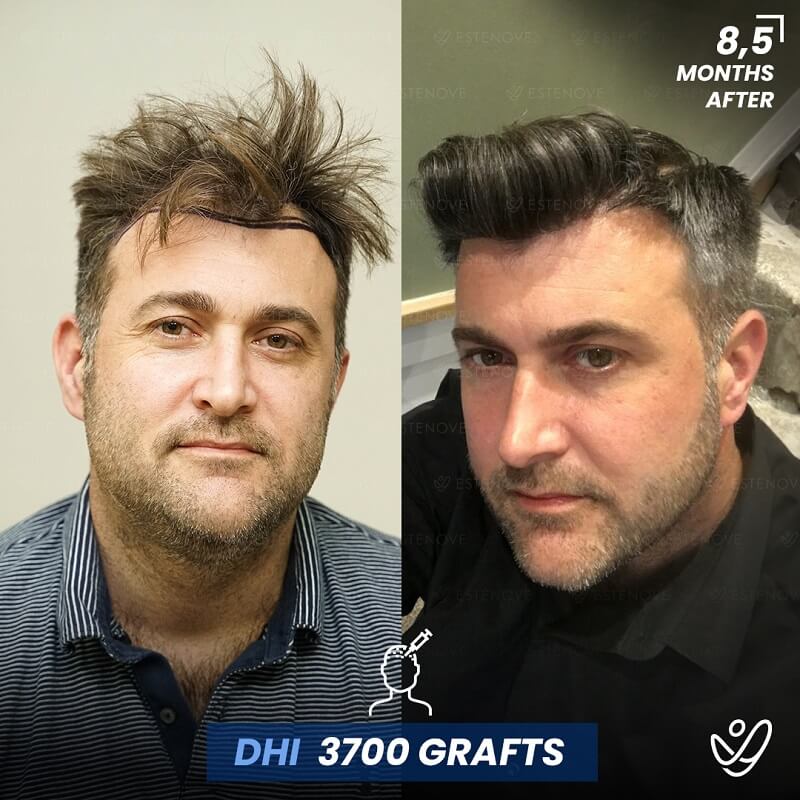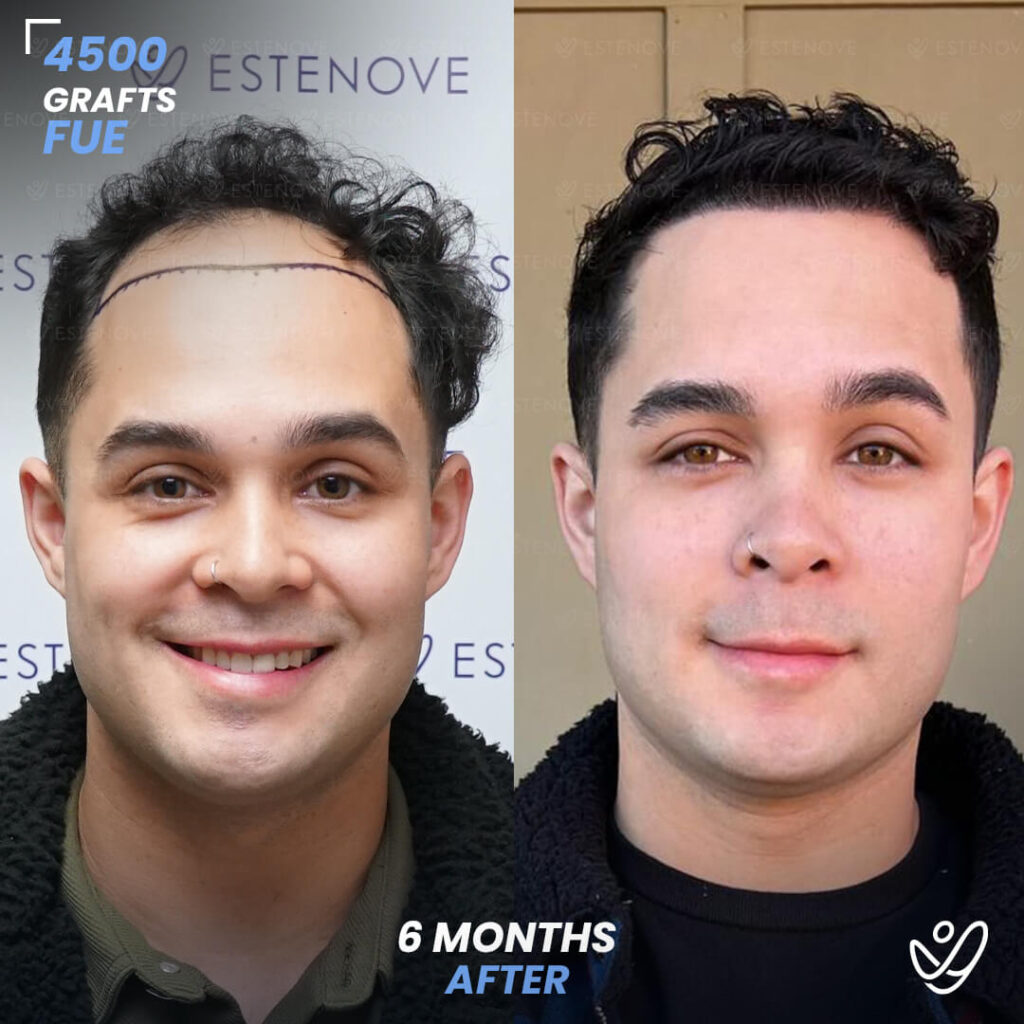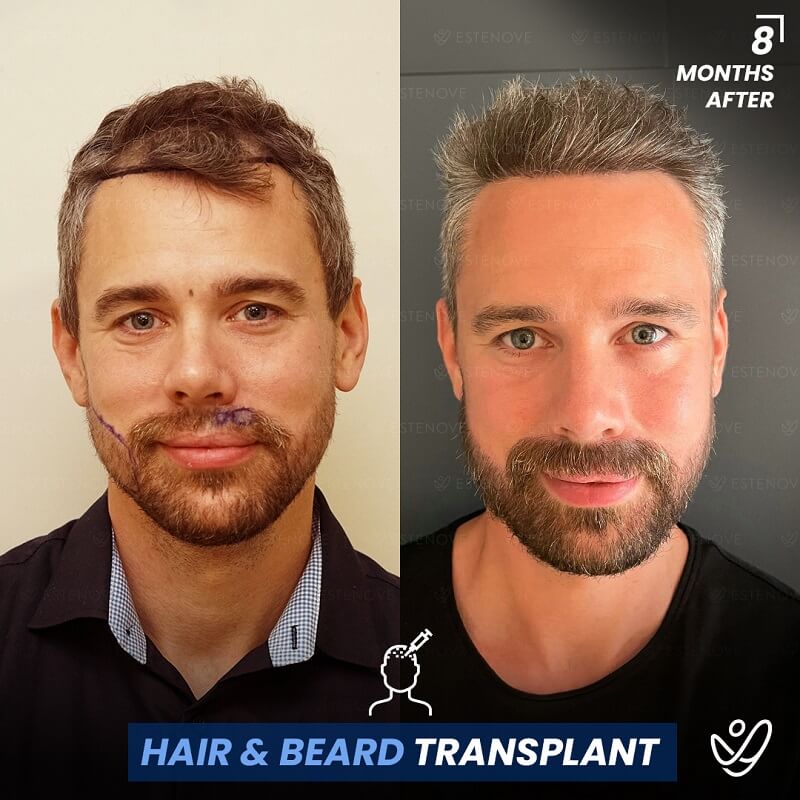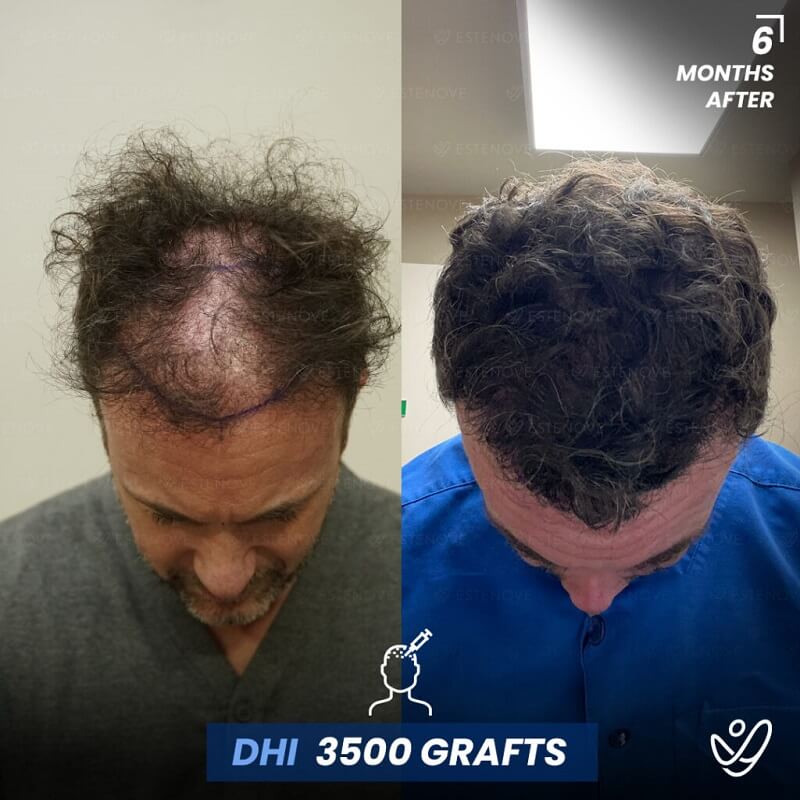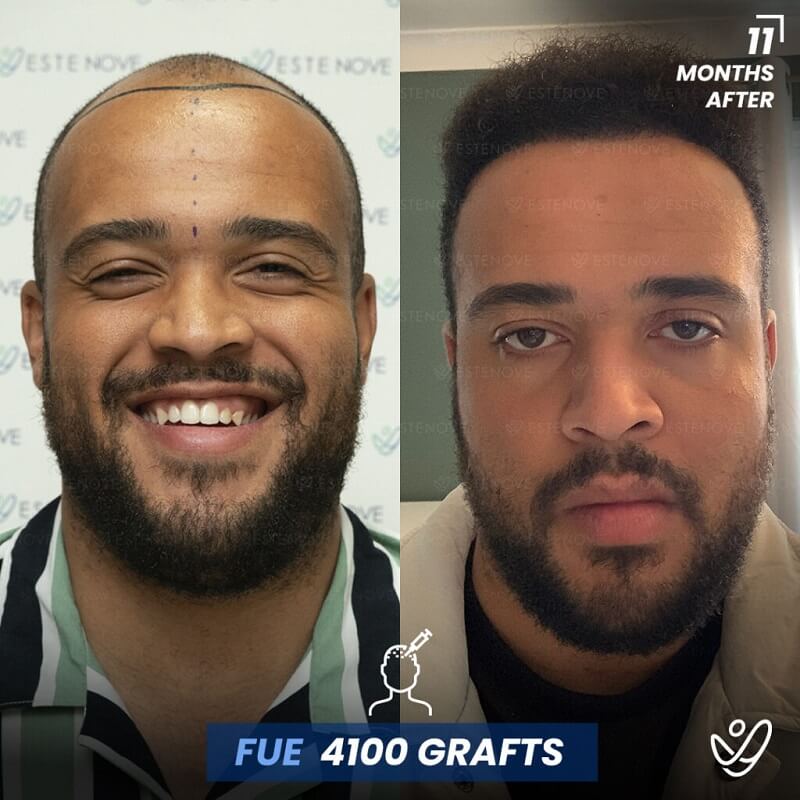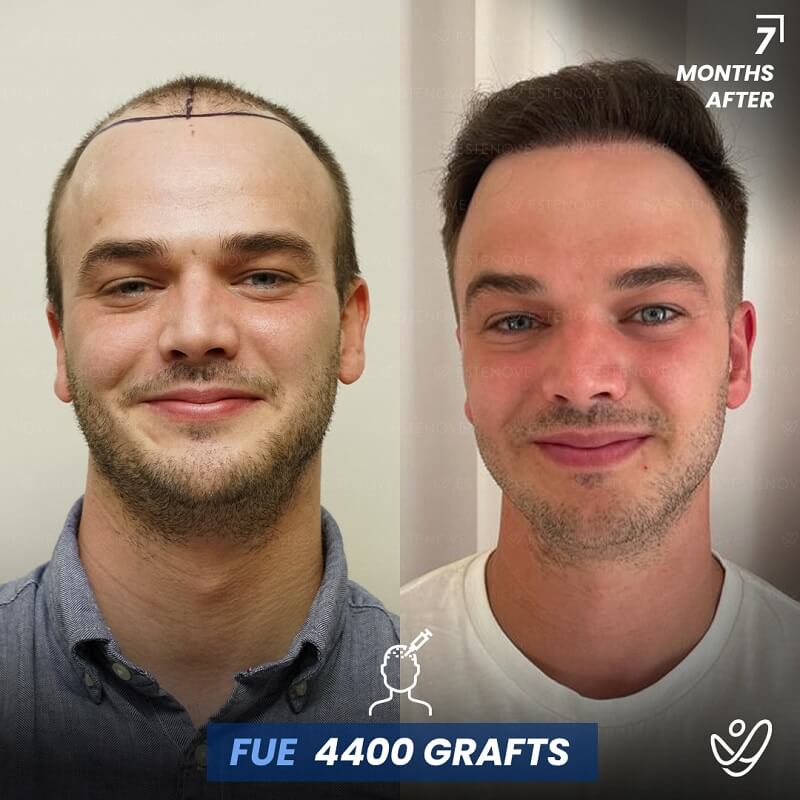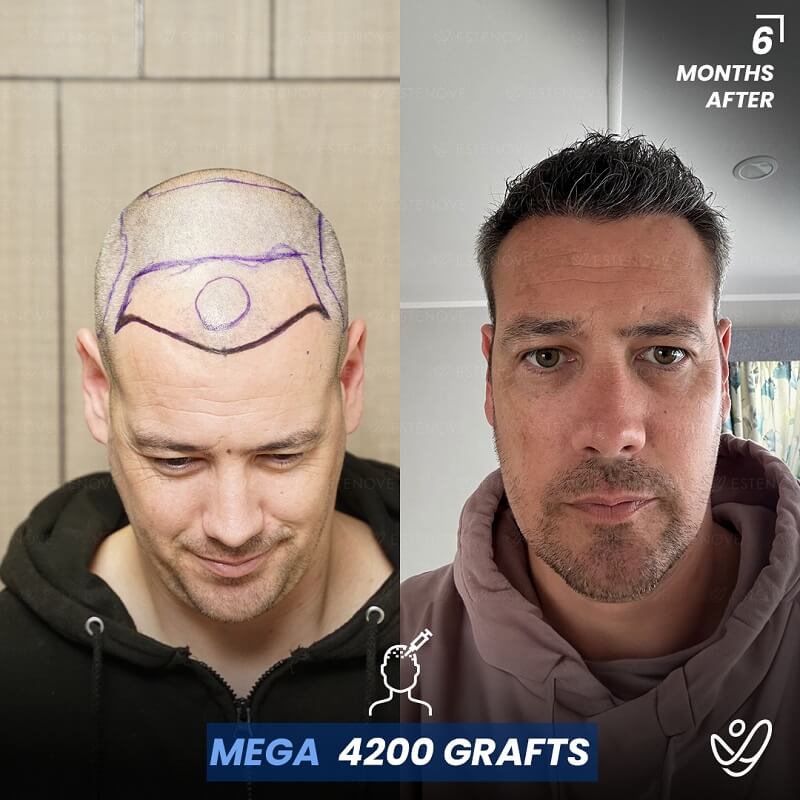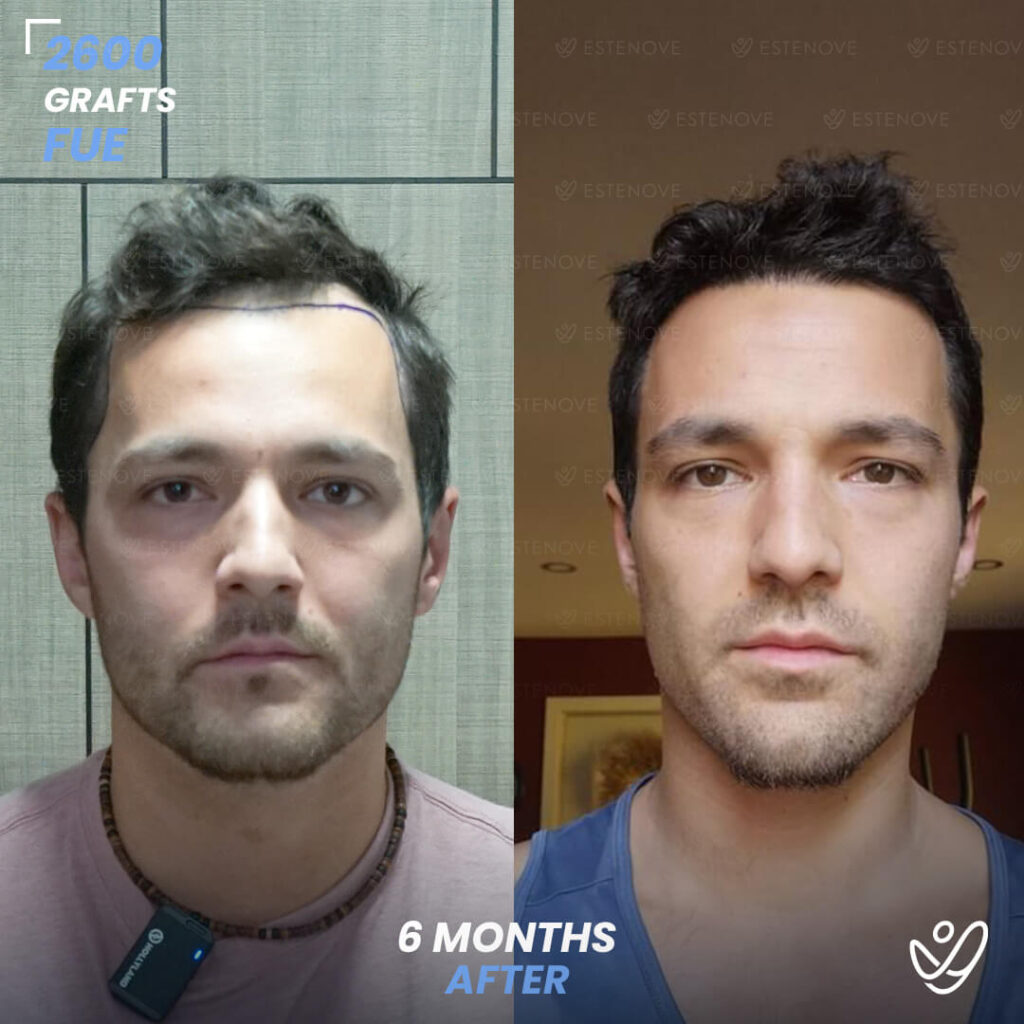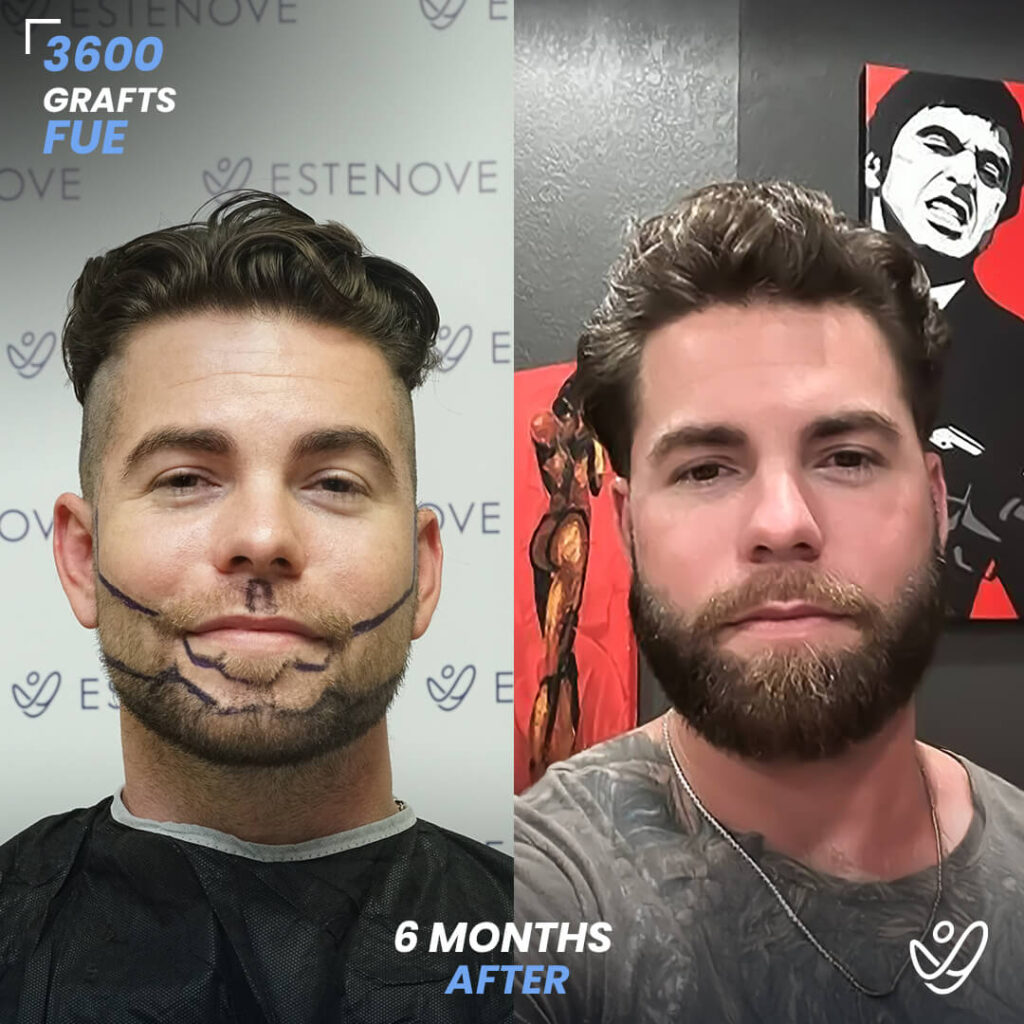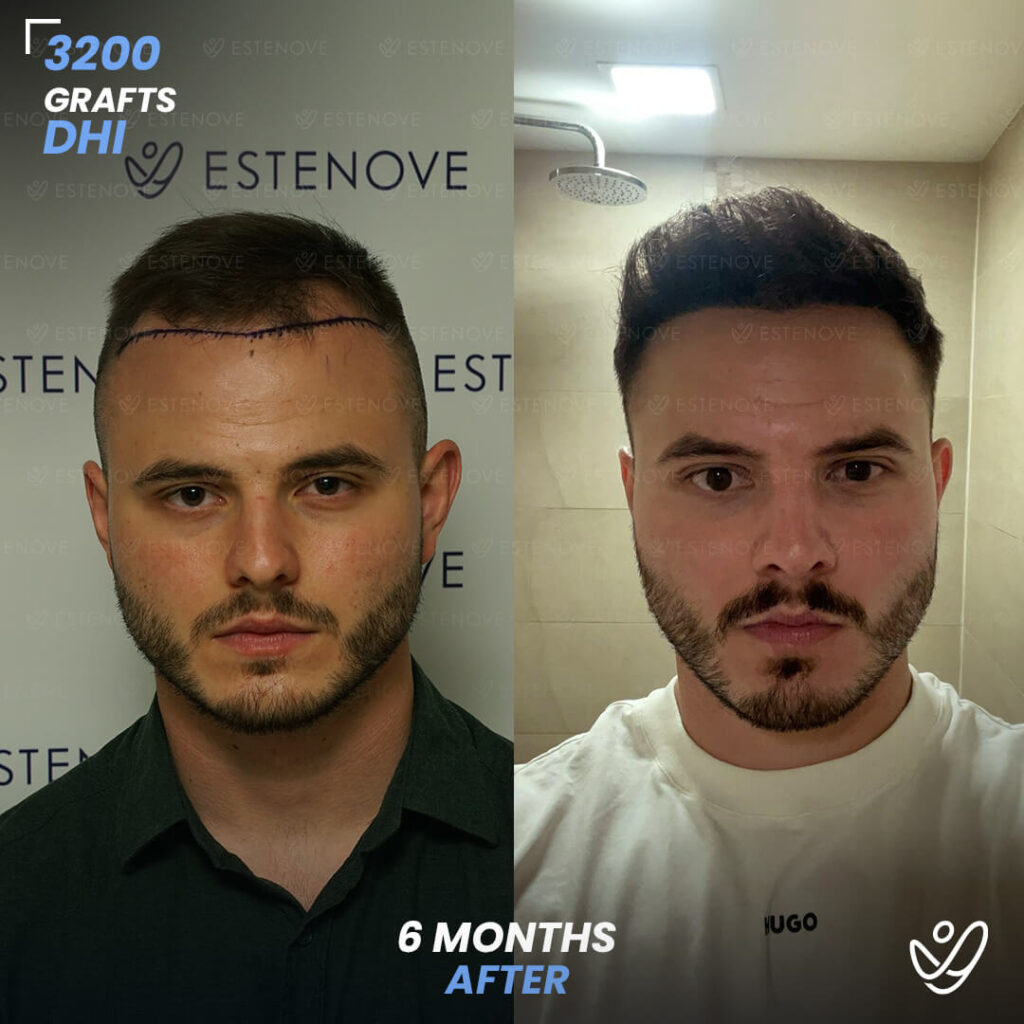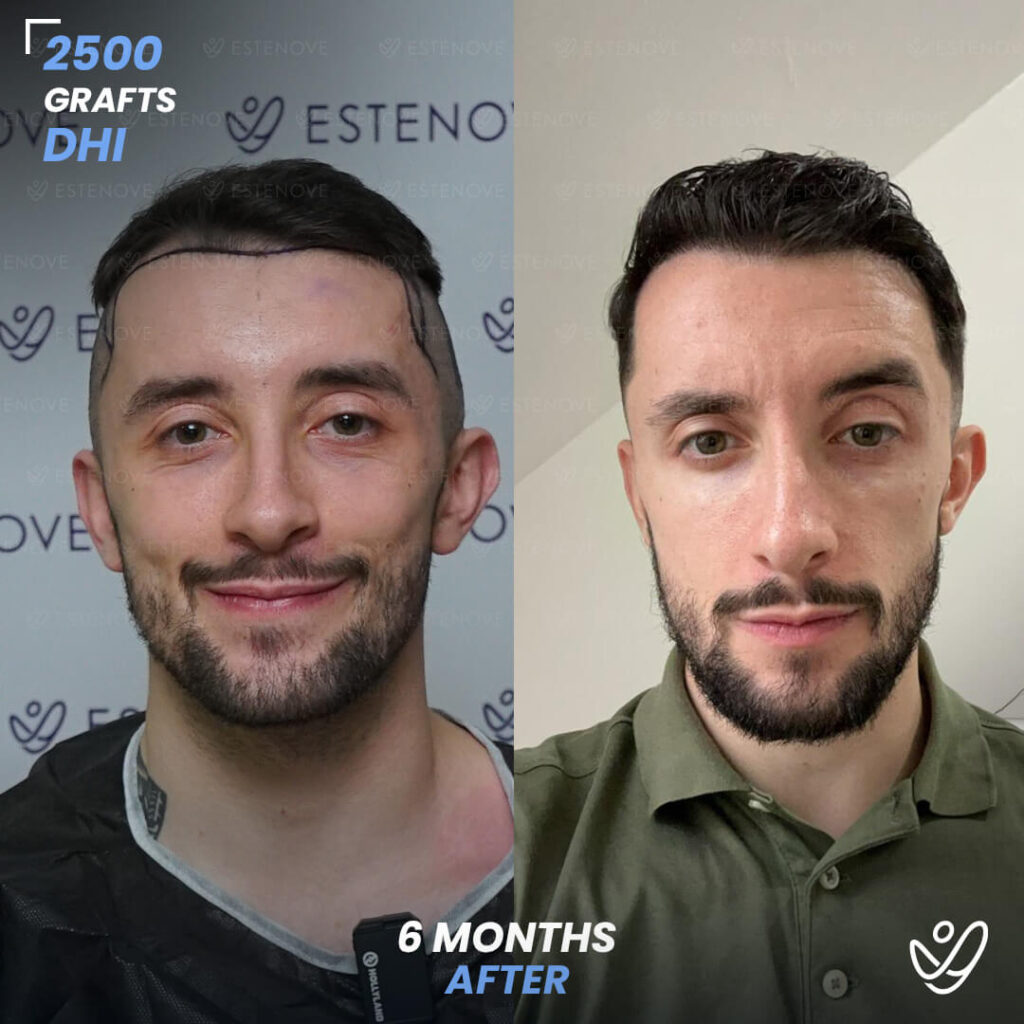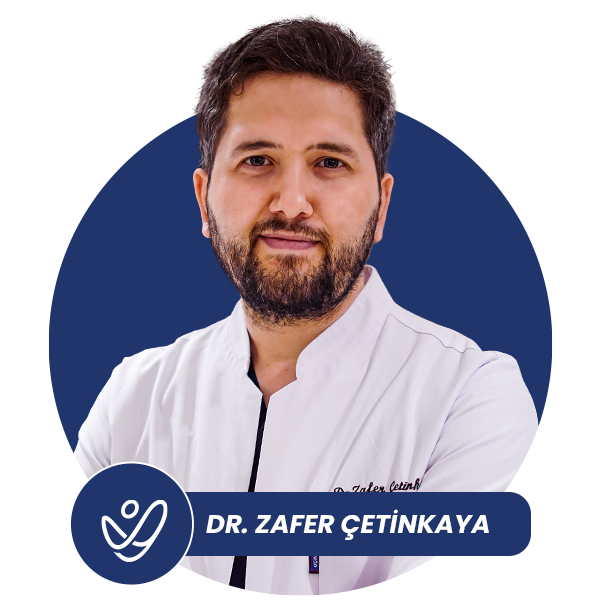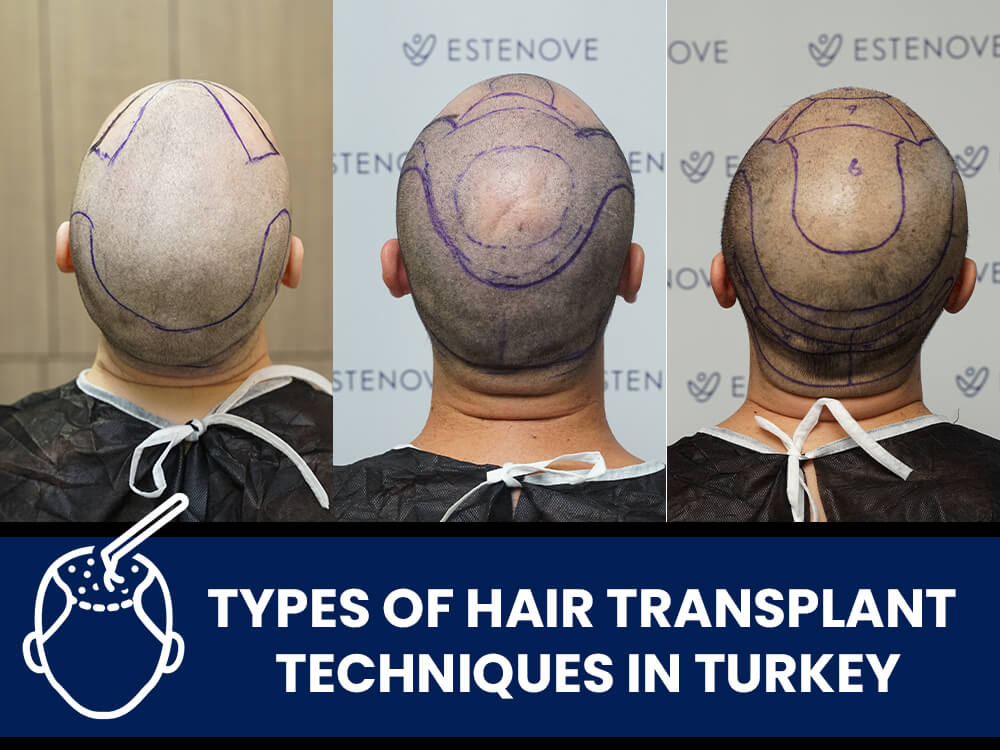
Hair transplantation is a surgical technique that involves moving hair follicles from one part of the body, known as the ‘donor site’, to a bald or balding part of the body, known as the ‘recipient site’. This technique is primarily used to treat male pattern baldness, but it can also be used to restore eyelashes, eyebrows, beard hair, chest hair, and to fill in scars caused by accidents or surgery. Turkey, and particularly Istanbul, has become a leading destination for hair transplantation due to its advanced techniques and affordable prices. (For more information, check out Why Turkey is the Top Destination for Hair Transplants?)
The success of a hair transplant largely depends on the technique used. In Turkey, several techniques are commonly used, each with its own advantages and disadvantages. This article will provide a detailed glossary of the most common hair transplantation techniques in Turkey, including Follicular Unit Extraction (FUE), Follicular Unit Transplantation (FUT), and Sapphire FUE. It will also cover the process of hair transplantation and post-operative care.
Follicular Unit Extraction (FUE)
Follicular Unit Extraction (FUE) is one of the most popular hair transplantation techniques in Turkey. It involves the extraction of individual hair follicles from the donor area, usually the back of the head, and their transplantation into the recipient area. This technique is minimally invasive and leaves no visible scars, making it a preferred choice for many patients.
The FUE procedure begins with the administration of local anesthesia to numb the donor and recipient areas. The surgeon then uses a special tool to extract individual hair follicles from the donor area. These follicles are then prepared for transplantation and implanted into the recipient area. The procedure can take several hours, depending on the number of follicles to be transplanted.
Advantages of FUE
The main advantage of FUE is that it does not leave a linear scar, as the follicles are extracted individually. This makes it an ideal choice for patients who wish to wear their hair short. Additionally, the recovery time for FUE is relatively short, with most patients able to return to their normal activities within a week.
Another advantage of FUE is that it allows for the transplantation of a large number of follicles in a single session. This makes it a suitable option for patients with extensive hair loss. Furthermore, because the follicles are extracted individually, the surgeon has greater control over the placement of the grafts, resulting in a more natural-looking result.
Disadvantages of FUE
Despite its advantages, FUE also has some drawbacks. One of the main disadvantages is that it can be more time-consuming than other techniques, as each follicle has to be extracted individually. This can make the procedure more expensive, as the cost is often based on the number of grafts.
Another disadvantage of FUE is that it requires a larger donor area than other techniques. This is because the follicles are extracted individually, rather than in strips. As a result, patients with limited donor hair may not be suitable candidates for FUE.
Follicular Unit Transplantation (FUT)
Follicular Unit Transplantation (FUT), also known as strip harvesting, is another common hair transplantation technique in Turkey. It involves the removal of a strip of scalp from the donor area, from which individual hair follicles are then extracted and transplanted into the recipient area.
The FUT procedure begins with the administration of local anesthesia to numb the donor and recipient areas. The surgeon then removes a strip of scalp from the donor area, typically the back of the head. The strip is then divided into individual follicular units, which are prepared for transplantation. The surgeon then makes tiny incisions in the recipient area and inserts the follicular units. The procedure can take several hours, depending on the number of follicles to be transplanted.
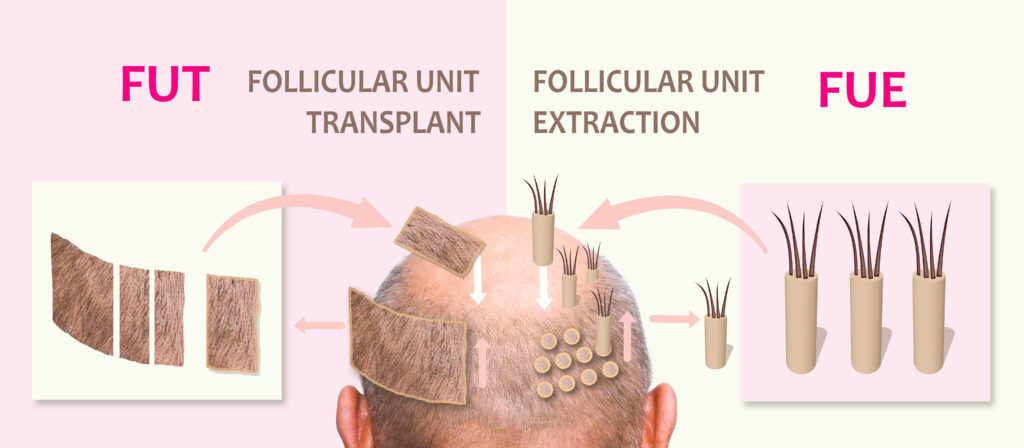
Advantages of FUT
The main advantage of FUT is that it allows for the transplantation of a large number of follicles in a single session. This makes it a suitable option for patients with extensive hair loss. Additionally, because the follicles are extracted from a strip of scalp, the procedure is typically faster and less labor-intensive than FUE.
Another advantage of FUT is that it requires a smaller donor area than FUE. This is because the follicles are extracted from a strip of scalp, rather than individually. As a result, patients with limited donor hair may be suitable candidates for FUT.
Disadvantages of FUT
The main disadvantage of FUT is that it leaves a linear scar in the donor area. This can be a concern for patients who wish to wear their hair short. However, the scar is typically covered by the patient’s existing hair and becomes less noticeable over time.
Another disadvantage of FUT is that it can be more painful and have a longer recovery time than FUE. This is because a strip of scalp is removed during the procedure, which can cause discomfort and require a longer healing period.
Sapphire FUE
Sapphire FUE is a variation of the FUE technique that uses a sapphire blade instead of a steel blade to make the incisions in the recipient area. The use of a sapphire blade is believed to reduce trauma to the scalp and improve the healing process.
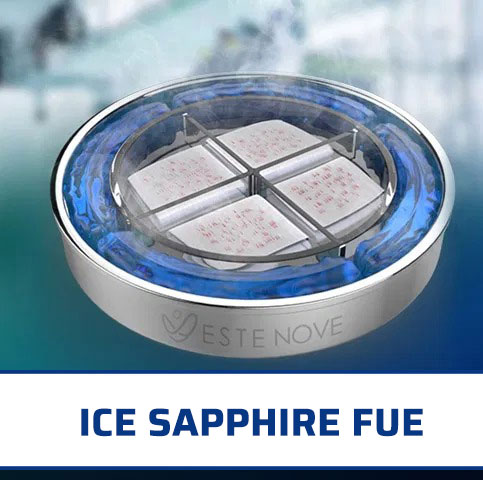
The Sapphire FUE procedure is similar to the standard FUE procedure. The main difference is that the surgeon uses a sapphire blade to make the incisions in the recipient area, rather than a steel blade. The sapphire blade is sharper and more durable than a steel blade, allowing for more precise incisions and less damage to the surrounding tissue.
Advantages of Sapphire FUE
The main advantage of Sapphire FUE is that it causes less trauma to the scalp than standard FUE. This is because the sapphire blade is sharper and more durable than a steel blade, allowing for more precise incisions and less damage to the surrounding tissue. As a result, the healing process is typically faster and less painful.
Another advantage of Sapphire FUE is that it allows for more precise placement of the grafts. This can result in a more natural-looking result. Furthermore, because the sapphire blade is more durable than a steel blade, it can be used for longer periods of time without needing to be replaced. This can make the procedure more efficient and cost-effective. (Learn more at Hair Transplant Cost in Turkey)
Disadvantages of Sapphire FUE
The main disadvantage of Sapphire FUE is that it can be more expensive than standard FUE. This is because the sapphire blades are more expensive to produce than steel blades. However, many patients believe that the benefits of Sapphire FUE, such as a faster healing process and more natural-looking results, outweigh the additional cost.
Another disadvantage of Sapphire FUE is that it requires a high level of skill and experience to perform. This is because the sapphire blade is sharper and more delicate than a steel blade, requiring the surgeon to be very precise in their incisions. As a result, not all surgeons are able to offer Sapphire FUE.
Direct Hair Implantation (DHI)
Direct Hair Implantation (DHI) is another advanced hair restoration technique that has gained significant attention due to its precise and minimally invasive nature.
DHI involves extracting hair follicles from the donor area and implanting them directly into the recipient area without the need for incisions or stitches. This procedure uses a specialized tool called a Choi pen, which allows for precise control over the depth, angle, and direction of the implanted hair.
The DHI hair transplant is particularly popular in Turkey, especially in Istanbul, which is known for its advanced medical facilities and experienced surgeons. Some clinics offer a variation called Sapphire DHI, which uses a sapphire blade for creating the implantation channels.
Advantages of DHI
The main advantage of DHI is the level of precision it offers. The Choi pen allows the surgeon to control the depth, angle, and direction of each implanted hair, resulting in a more natural look. This technique also minimizes trauma to the scalp, which can lead to a faster healing process and less post-operative discomfort.
Another advantage of DHI is that it does not require incisions or stitches, reducing the risk of scarring. The recovery time is typically shorter than with other methods, allowing patients to resume their normal activities more quickly.
Disadvantages of DHI
One of the main disadvantages of DHI is that it can be more time-consuming and expensive than other techniques. The precision and skill required for the procedure mean that it may take longer to complete and could cost more.
Additionally, DHI may not be suitable for patients requiring a large number of grafts. For extensive hair loss, other techniques like FUT or standard FUE might be more appropriate.
Differences Between DHI and Sapphire FUE Techniques
The main difference between DHI and Sapphire FUE is in the implantation stage. In DHI, the implantation is performed simultaneously with the extraction, using the Choi pen. In Sapphire FUE, the canals are created with a sapphire blade before the follicles are implanted.
DHI offers faster recovery and no scarring, while Sapphire FUE can accommodate a larger number of grafts in a single session. The choice between these techniques depends on factors like the number of grafts needed, cost, and recovery time.
Stem Cell Hair Transplants
Stem cell hair transplants use the regenerative power of stem cells to combat hair loss by extracting them from the patient’s body, usually adipose tissue, and re-implanting them into the scalp. This advanced technique is gaining popularity for its potential to stimulate hair follicle regeneration and provide a promising alternative to traditional hair restoration methods. Stem cells, with their ability to differentiate into various cell types, aim to awaken dormant hair follicles and promote the growth of new, healthy hair. This innovative approach is recognized for nurturing the scalp, rejuvenating dormant follicles, and creating an optimal environment for natural and sustainable hair regrowth by improving blood circulation and supplying essential nutrients.
Advantages of Stem Cell Hair Transplant
-
- Regenerative Power: Stem cells can differentiate into various cell types, aiming to awaken dormant hair follicles and encourage the growth of new, healthy hair.
- Cutting-Edge Solution: Recognized as a revolutionary method, stem cell hair transplants offer a compelling alternative for those seeking effective and advanced hair loss treatments.
- Nurturing Scalp: Stem cell therapy nurtures the scalp, improving blood circulation, providing essential nutrients to hair follicles, and creating an optimal environment for natural and sustainable hair regrowth.
Disadvantages of Stem Cell Hair Transplant
While there is potential promise in stem cell hair transplants, it’s important to note that the long-term effectiveness and potential risks are still being researched. The procedure is also a bit expensive than other methods, and individual responses can vary.
Process of Hair Transplantation
The process of hair transplantation begins with a consultation, during which the surgeon assesses the patient’s hair loss and discusses their treatment options. The surgeon will take into account the patient’s age, hair type, degree of hair loss, and overall health when determining the most suitable technique.
Once a technique has been chosen, the patient will undergo the hair transplantation procedure. This typically involves the administration of local anesthesia, the extraction of hair follicles from the donor area, the preparation of the follicles for transplantation, and the implantation of the follicles into the recipient area. The procedure can take several hours, depending on the number of follicles to be transplanted.
Post-Operative Care
After hair transplant, the patient will be given instructions for post-operative care. This typically involves keeping the scalp clean and avoiding strenuous activities for a few days. The patient may also be prescribed medication to manage pain and prevent infection.
The transplanted hair will typically fall out within a few weeks of the procedure, but this is normal and new hair will start to grow in its place. The final results of the hair transplant can usually be seen within 6 to 12 months.
Estenove Hair Transplant Clinic
Estenove is providing hair transplant services in Istanbul, Turkey. With a team of experienced surgeons and state-of-the-art facilities, Estenove offers a range of hair transplantation techniques, including FUE, FUT, and Sapphire FUE.
At Estenove, patient satisfaction is a top priority. We offer a comprehensive consultation process to ensure that each patient receives a personalized treatment plan that meets their needs and expectations. With a commitment to quality and patient care, Estenove has established itself as a trusted provider of hair transplantation services in Turkey.


